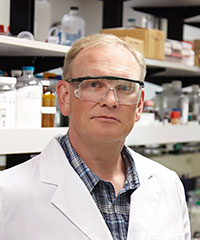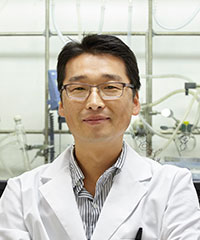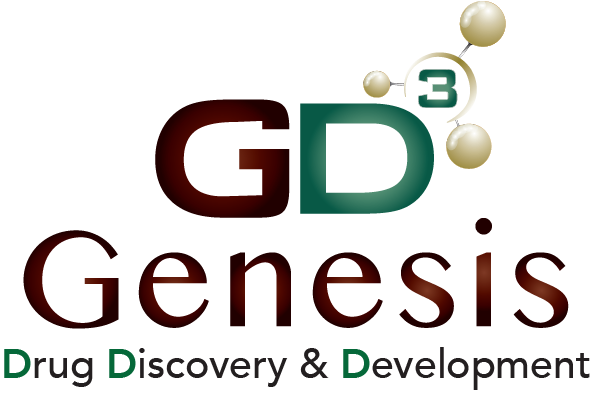Discoveries
“Few scientists acquainted with the chemistry of biological systems at the molecular level can avoid being inspired.”
— Donald Cram
Each project has unique challenges
Whether it’s optimizing a lead compound in a drug discovery program, synthesizing a complex natural product, preparing a Phase II metabolite or developing a process for large-scale production, with nearly 250 years of combined experience in the pharmaceutical and CRO businesses, the NEDP chemistry group has the knowledge and experience to tackle almost any challenge.
Design and Synthesis of Highly Potent Third Generation Inhibitors of Arginase I and II

“The use of X-ray crystallography and structure-based drug design was critical.”

Synthesizing novel enzyme inhibitors that are potent, safe and effective is always a challenge, but when the natural substrate for the enzyme is the amino acid arginine it’s even more difficult. With the active site designed to accommodate such a small and extremely polar molecule, the space for our inhibitor was very limited.
The use of X-ray crystallography and structure-based drug design was critical. By understanding the precise binding interaction of the lead compounds in the active site, we were able to design specific structural modifications that improved potency more than 1000-fold. These included new interactions with active site amino acids and a novel ring constraint that reduced entropy.
Targeting RNA Tertiary Structure: Discovery of Intronistat B

“A whole new approach to drug discovery that would make targets previously believed to be undruggable possible.”
This work was generously funded through a Small Business Innovative Research (SBIR) grant from the NIH, National Institute of Allergy and Infectious Diseases (Grant 1R43AI115951-01A1).

Medicinal chemists have been targeting enzymes, receptors and ion channels for more than 100 years, but RNA molecules? Imagine the possibilities! If we could inhibit the macromolecules that regulate gene expression, we could modulate protein biosynthesis – a whole new approach to drug discovery that would provide access to important biological targets previously believed to be undruggable.
Working with professor Pyle at Yale University, we identified a novel series of gallic acid-based inhibitors from a high throughput screen. Although the lead molecules were weak inhibitors that were rapidly metabolized, lead optimization led to the discovery of Intronistat B, a novel sub-micromolar inhibitor of the group II intron for treatment of fungal infections. Although work still needs to be done, this first-generation series of inhibitors already have potencies comparable to amphotericin B, the current standard of care.
Synthesis of Cocoa Flavanol Metabolites

“The challenge is to develop a general method that can be used to make all the different Phase II metabolites in an unambiguous manner.”

The health benefits of cocoa flavanols have been well-established. Numerous research and clinical studies have correlated cocoa consumption with improved blood flow, reduced blood pressure and lowered LDL cholesterol levels.1 (-)-Epicatechin, one of the most abundant natural products in cocoa, undergoes rapid phase II metabolism to form a wide variety of methylated, sulfated and glucuronidated products that are believed to be responsible for much of the biological activity. In order to determine which specific metabolites are responsible for the biological effects, they needed to be independently synthesized. The challenge was to develop a general synthetic method that could be used to make all the different phase II metabolites in an unambiguous manner.
Synthesis of Resolvin E1

“We’re developing new innovative chemistry that will enable efficient production of this complex molecule on kilogram scale.”

Resolvin E1 is a trihydroxy metabolite of the omega-3 fatty acid eicosapentaenoic (EPA), the major constituent in fish oil. It is a highly potent anti-inflammatory agent that has tremendous potential in a wide variety of diseases like asthma, IBD, rheumatoid arthritis and bacterial infections. With three chiral centers and five double bonds, the synthesis of this molecule is very challenging. We’re developing new innovative chemistry that will enable efficient production of this complex molecule on kilogram scale.

